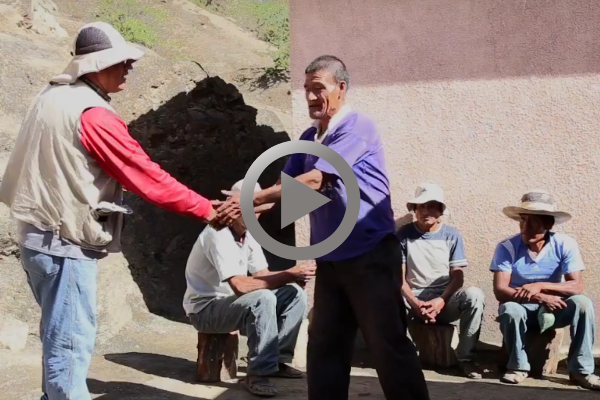
Bolivia's AGROCAINE Farmers Association
This video by CERAI presents AGROCAINE (Caine Farmers Association) is an economic peasant organization dedicated to transforming fruits produced in the valleys such as guava, tumbo fruit, lemon, and tubers like sweet potato. In 13 years of institutional life, it has involved 60 families directly and 150 families indirectly, all small farmers that prior to this initiative were characterized by subsistence economy and were unable to produce anywhere near enough for the market. AGROCAINE was chosen as an example of good practice in social and solidarity economy in Bolivia.
Este video de CERAI presenta a AGROCAINE (Asociación de productores Agropecuarios del Caine) es una organización campesina que se dedica a la transformación de la fruta producida localmente, como guayabas, tumbos, limón y otros tubérculos como boniatos. En 13 años de vida institucional, ha involucrado 60 familias de forma directa, y 150 de forma indirecta, todos pequeños productores que antes de esta iniciativa vivían en condiciones de subsistencia y sin las capacidades y las posibilidades de producir cantidades suficientes para el mercado. AGROCAINE ha sido elegida como buena práctica en Bolivia. Agrocaine ha sido elegida como buena práctica en Bolivia.
Watch more videos from the Sustainable and Solidarity Economy (SUSY) initiative
Go to the GEO front page

Add new comment